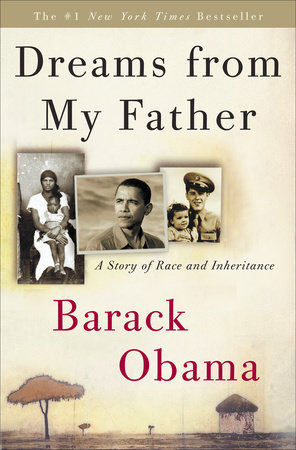Trans/formative identities: narrations of decolonization in mixed-race and transgender livesPosted in Anthropology, Canada, Dissertations, Gay & Lesbian, Identity Development/Psychology, Media Archive on 2011-01-27 22:05Z by Steven |
Trans/formative identities: narrations of decolonization in mixed-race and transgender lives
University of Victoria
2007
114 pages
Sarah E. Hunt
A Thesis Submitted in Partial Fulfillment of the Requirements for the Degree of Master of Arts Interdisciplinary in the Department of Women’s Studies and the Department of Anthropology
This interdisciplinary research paper explores story and metaphor of “trans/formative identities” as a basis for challenging normative racial and gender categories. Autoethnography is used as a method for weaving the author’s own experience as a mixed-race Indigenous person with academic research and theory. The discussion is contextualized by an analysis of institutionalized colonial relationships framing Indigenous knowledge in academia and the role of Indian status in defining Indigenous identity. Six mixed-race and transgender or genderqueer people in Victoria and Vancouver, British Columbia are interviewed and the themes from their shared experiences are used as the basis for further understanding trans/formative identities. These themes are: irony; contradiction and impossibility; stories of home and family; naming and language; embodied negotiations, contextual selves, and; artistic visions.
Table of Contents
- ABSTRACT
- TABLE OF CONTENTS
- ACKNOWLEDGEMENTS
- DEDICATION
- SECTION One: Introduction
- Section Two: Impacts of colonial deconstruction of indigenous knowledge and emerging indigenous research methods
- Indigenous knowledge in academia: historical and personal contexts
- Methodological approaches to thesis research
- Situating myself as an Indigenous researcher
- Working in my own community contexts
- Morality and narrative: collaboration and dialogue
- Film as a tool of representation
- Alto ethnography and identity in relation
- Section Three: Representations of indigenous identity and emerging discussions of trans/formative subjectivities
- Assigned identities and their representations
- Empowering subjects: emerging discussions of racial and gender identities
- Trans/formative representations of the symbolic domain
- Section four: themes of trans/formative identities
- Understanding metaphor: themes and stories
- Thematic exploration of interview dialogue
- NOTES ABOUT THE VIDEO
- REFLECTING BACK: LESSONS LEARNED AND LINGERING QUESTIONS
- BIBLIOGRAPHY
- APPENDIX A: INTERVIEW QUESTIONS
- APPENDIX B: ETHICAL CONSIDERATIONS FOR VIDEO DISTRIBUTION
Read the entire thesis here.



